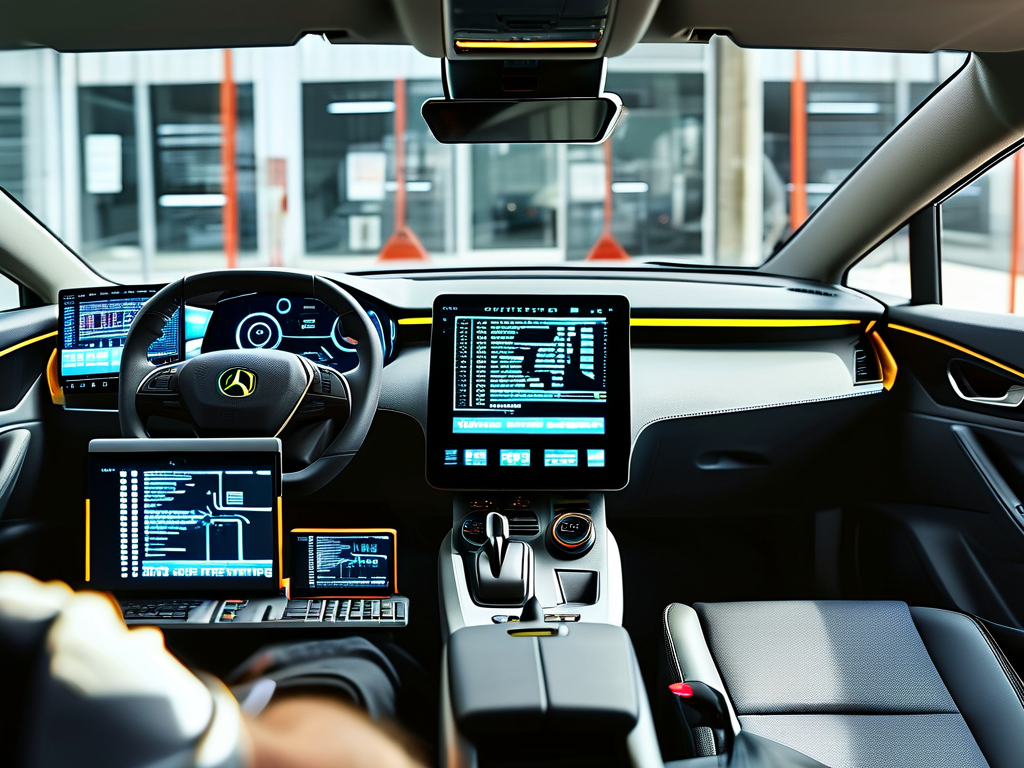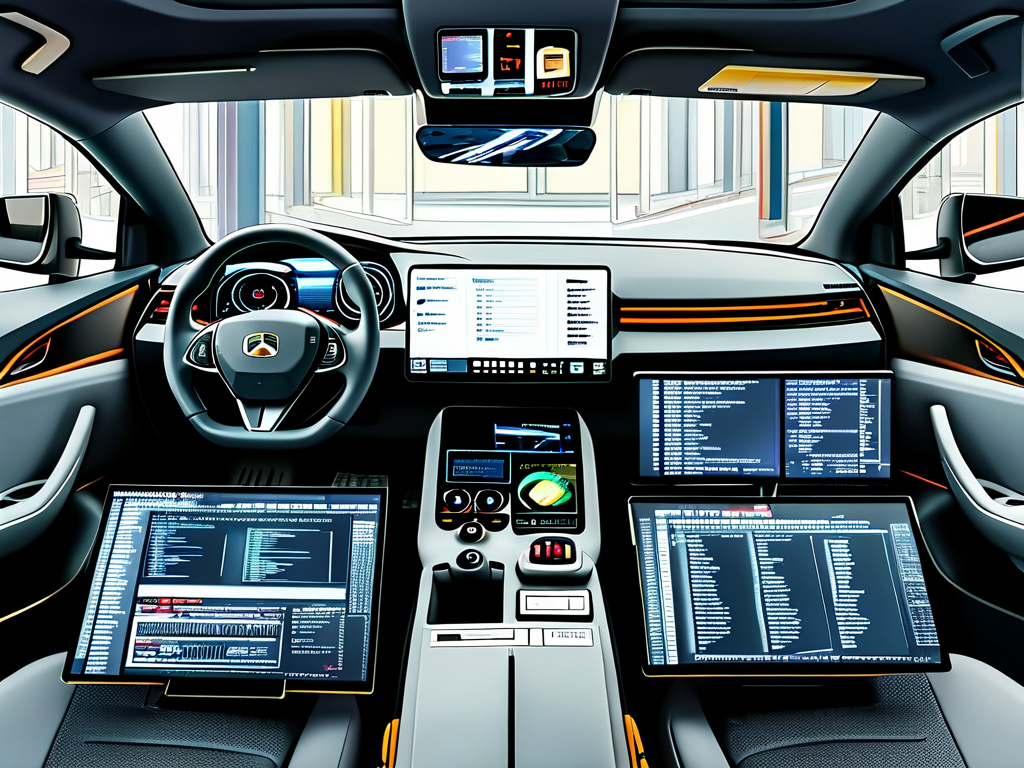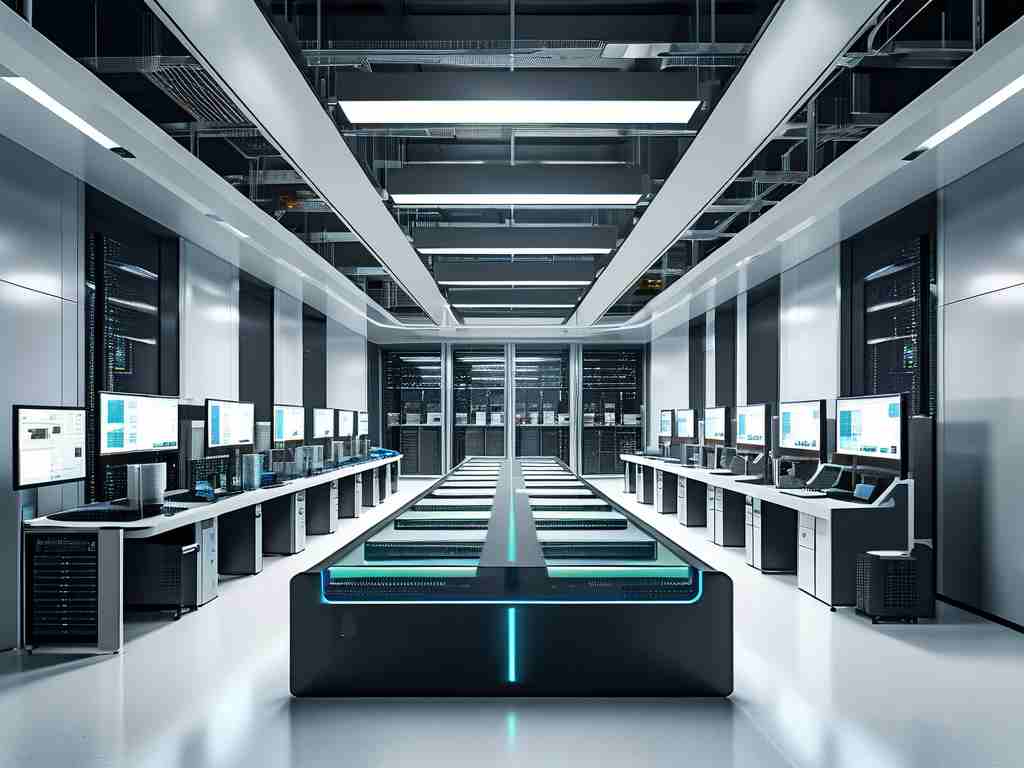The automotive industry is undergoing a seismic shift as embedded systems and imaging technologies redefine vehicle capabilities. From advanced driver-assistance systems (ADAS) to autonomous driving, embedded development has become the backbone of modern automotive innovation. This article explores how these technologies intersect, the role of visual data processing, and their collective impact on the future of transportation.
The Core of Automotive Embedded Systems
Embedded systems in vehicles are specialized computing units designed to perform dedicated functions. Unlike general-purpose computers, these systems prioritize reliability, real-time processing, and energy efficiency. A typical electric vehicle (EV) today houses over 100 embedded controllers, managing everything from battery management to infotainment. For example, the Torque Coordination Module in hybrid cars uses embedded algorithms to seamlessly switch between electric and combustion power:
void update_power_source(float battery_level, float engine_load) {
if (battery_level < 20.0 && engine_load > 75.0) {
activate_combustion_engine();
} else {
prioritize_electric_motor();
}
}
This code snippet illustrates how embedded logic ensures optimal energy use—a critical factor in reducing emissions and improving efficiency.
Imaging Technologies: The Eyes of Modern Vehicles
High-resolution cameras and LiDAR sensors generate terabytes of visual data daily, requiring robust embedded architectures to process information in milliseconds. Tesla’s Autopilot system, for instance, analyzes 8 camera feeds simultaneously at 36 frames per second. Embedded GPUs like NVIDIA’s Xavier SoC perform 30 trillion operations per second to identify pedestrians, lane markings, and traffic signs.
A key challenge lies in balancing image clarity with processing speed. Engineers often employ region-of-interest (ROI) cropping to focus computational resources on critical areas. For example, a lane-keeping system might prioritize analyzing the road’s center while reducing detail in peripheral zones:
def optimize_image_processing(frame):
roi = frame[240:480, 320:960] # Focus on central 50% of 1280x960 image
processed_roi = detect_lanes(roi)
return overlay_results(frame, processed_roi)
Integration Challenges and Solutions
Merging imaging systems with embedded hardware introduces unique hurdles. Thermal management becomes critical as processors handling 4K video streams can exceed 100°C. Automotive-grade embedded systems now incorporate liquid cooling and heat-dissipating substrates to maintain performance under extreme conditions.

Security is another pressing concern. A 2023 study by AutoISAC revealed that 68% of connected vehicles have vulnerabilities in image-data pipelines. To combat this, developers are implementing hardware-based secure boot mechanisms and encrypted image transmission protocols like Automotive Ethernet AVB/TSN.

The Road Ahead: AI and Edge Computing
Future advancements will likely center on AI integration at the embedded level. Qualcomm’s Snapdragon Ride Platform demonstrates this trend, enabling on-device machine learning for real-time decision-making. Instead of relying on cloud servers, vehicles will process complex scenarios—such as predicting pedestrian movements—directly via onboard neural processing units (NPUs).
Industry analysts predict that by 2027, 90% of new vehicles will feature embedded systems capable of sensor fusion—combining camera, radar, and ultrasonic data into unified environmental models. This evolution will be crucial for achieving Level 4/5 autonomy while maintaining safety standards.
In , the synergy between automotive embedded development and imaging technologies is creating smarter, safer vehicles. As processing power grows and algorithms become more sophisticated, this partnership will continue to drive the automotive revolution—one byte and one pixel at a time.









